|
Photos by Chris Jones, Carla Hatfield, Ann Schertz, and Judy Hensley. In July of 2008, the SKCTC Appalachian Program received a grant of $90,000 from the Steele-Reese Foundation to support the production of the second and third Higher Ground plays. In April of 2009, over eighty community members collaborated with four visiting artists to present our second play, Playing WithFire, to the public. Where the first play,Higher Ground, takes floods as its organizing metaphor, Playing With Fireis organized around a housefire. Playing With Fire tells the story of two sisters in their twenties, one struggling with drug addiction, the other who feels their mother gives the addicted daughter an unfair share of attention. The play also includes a series of comic scenes of coal miners pranking with one another—hydraulic oil in shampoo bottles, dog food sandwiches for a boss who robs the miners’ lunchboxes, miners who can’t get along taped together and left to “kiss and make up”—and explores how that pranking helps miners cope when disaster strikes. Surrounding these stories are other stories collected in the community and a dozen choreographed musical numbers, including four original songs by local songwriters, and blues, country, and gospel selections drawn from the repertoire of other community members. In developing the script, playwright Jo Carson, playwright/director Jerry Stropnicky, and community members decided to use as an underlying narrative the story of the prodigal son, and the story of the shepherd who returns for the lost sheep, even though ninety and nine are safe in the fold. Stories with links to other parables were chosen. Through the last months of 2008, drafts of the script passed back and forth between the community production team and our contract artist/collaborators. A script was ready by February 2009 and the production team worked with local musicians and composers to integrate music into the script. Higher Ground music director Ann Schertz and Appalachian Program staff gathered music through the fall of 2008 and Schertz began community rehearsals of that music during January of 2009. Schertz coordinated a course at Southeast so that Higher Ground cast members could earn college credit for participating in music rehearsals. Two community bands, the Kudzu Killers and Kentucky Rain were recruited, as was piano player Brian Blair and choir members from the Mt. Olive Baptist Church and the Greater Mt. Sinai Baptist Church to provide community-based leadership in the development of the music. Schertz and Justin Taylor composed songs specifically for the production. In February, we began recruiting cast members. Rehearsal began with a read-through of the script the last Saturday in February. During March, choreographer Kevin Iega Jeff worked for a week with the cast and lighting designer A.C. Hickox worked with Stropnicky and assistant director Jerry Matheny to light the show. As with the first play, the presence of the professional theater artists, artists with a background in the kind of community-directed theater work we are doing, raised cast and audience expectations and the level of performance of the volunteer community actors. Playing With Fire ran for seven performances in the Godbey Appalachian Center Theater in Cumberland in the spring of 2009. Over two hundred people a night saw the show, including a group of twenty women from the local Recovery Kentucky drug rehabilitation facility in Verda, the entire fifth through eighth grade at Cumberland Elementary School, students in the Upward Bound program at Southeast, and several churches and Sunday school groups who attended together. The cast of Playing With Fire was as large as the cast of the original Higher Ground. At least half of the cast were first time participants. The cast stayed together through nine weeks of rehearsals, rehearsals which took place nearly every night through the late winter and early spring. The camaraderie and mutual support that develops among the diverse cast, many of whom never met before being part of the play, is a large part of the difference the play makes in the community. As one cast member, a young mother, said: Ever since returning to Kentucky after spending many years in North Carolina, I had become discouraged about the community I had returned to. The epidemic of drug abuse that had turned some of my best friends into strangers had me ready to pack my bag and haul tail. I thought there was nothing positive left of my once beloved home. I feel so blessed to have been a part of something so positive. The constant smiles, hugs, and words of encouragement came at point when I needed them most. Before the play, I spend most of my time saddened by not belonging. I finally feel I belong. I have a new respect for members of my community, our history. Now I have hope for our future. As with our first play, the cast’s energy, diversity, awareness of one another onstage, and joy in one another’s company provided perhaps the play’s greatest impact. The way the play is staged in our black box theater with audience all around the action, most of the cast is present to the audience in almost every scene. One out-of-town viewer said “This kind of thing is not my cup of tea, but it was impossible not to be moved by that many people in one place clearly enjoying being with one another.” By the end of Playing With Fire’s run, anecdotal evidence of the plays’ usefulness began to mount. We heard more stories of people entering drug rehabilitation programs as a result of seeing the plays. The cast talked about a renewed sense of community unity the plays enable, the support network in times of personal strife the plays create, and the opportunity to meet new people in a positive creative context the plays provide. Audience members mentioned how the ambition of the productions have created an expanded sense of what is possible for our community. As we moved forward, we began to look for ways for community members to assume leadership roles in Higher Ground. The second is how to increase the impact of the plays on positive social change in our community. Thanks to the funding from Steele-Reese, we were able to build on Playing With Fire’s momentum and went right to work on our third play, which would be our largest and longest play, our first with a new director and a new production partner. Other posts in Higher Ground: A History.Introduction.
Chapter 1: 2001-2005. A Lot of Listening & A Grant Proposal. Chapter 2: 2005-2008. Higher Ground Is Born. Chapter 3: 2008-2009. Playing With Fire Chapter 4: 2010-2011. Talking Dirt Chapter 5: 2012-2013. Introduction to the Foglights years Chapter 6: Spring 2013. Solving For X Chapter 7: Summer 2013. Summer of Fog Chapter 8: Fall 2013. Foglights Performed Chapter 9: 2014 -2015. Find A Way Chapter 10: 2015 & 2017. It's Good 2 Be Young In The Mountains 1 & 2 Chapter 11: 2016-2017. Hurricane Gap, Shew Buddy!, & Life Is Like A Vapor. Chapter 12: 2017 -2018. Needle Work & the Southeast Kentucky Revitalization Project Chapter 13: 2019. Perfect Buckets Please note: If you have concerns about a photo, please do not hesitate to contact us at [email protected].
0 Comments
Leave a Reply. |
Details
AuthorRobert Gipe and Higher Ground participants. ArchivesCategories |
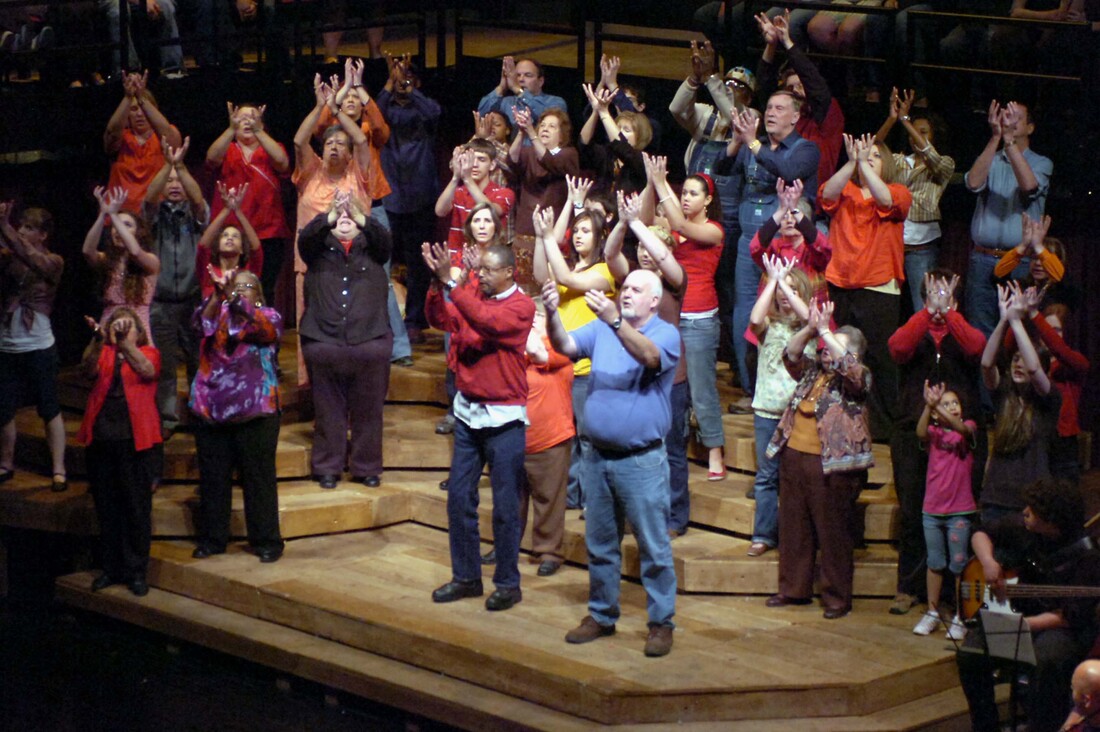


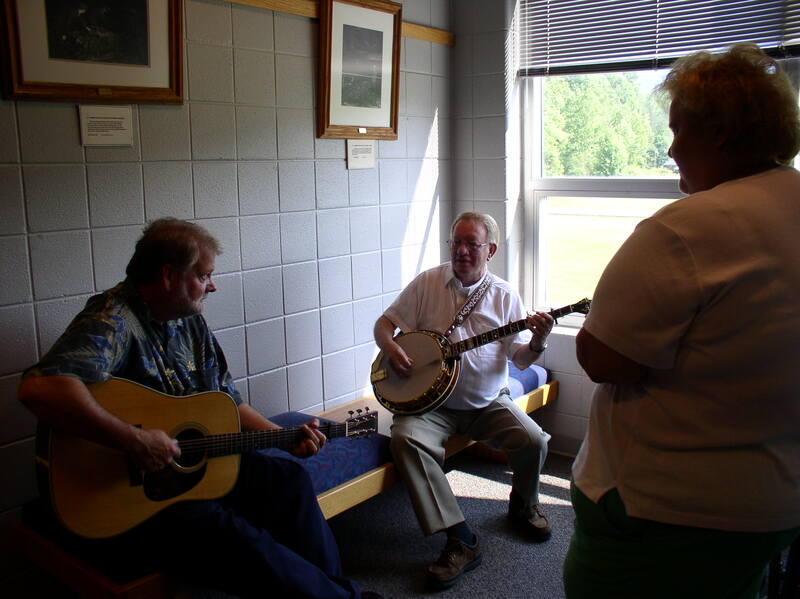






















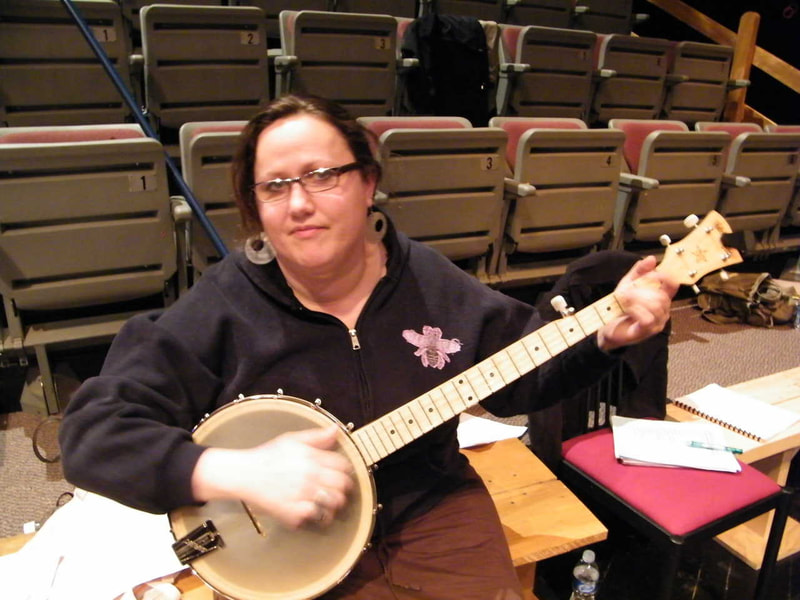




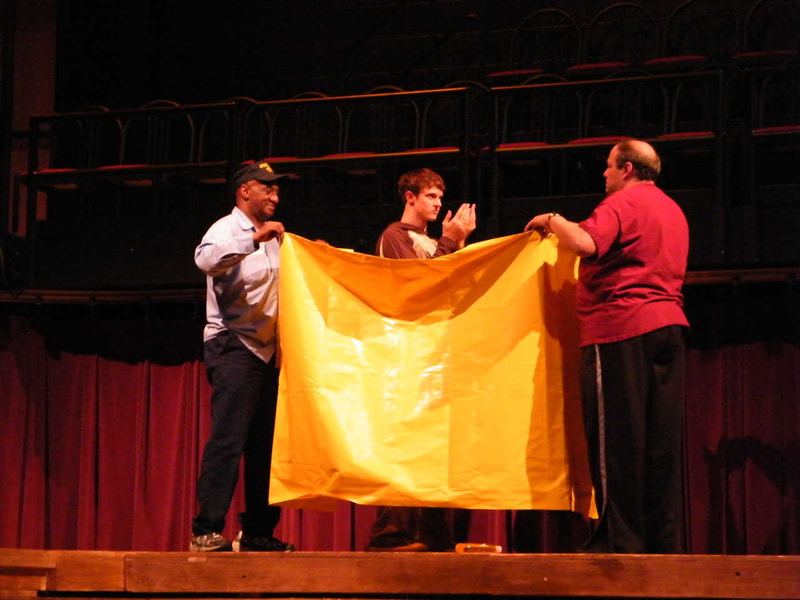


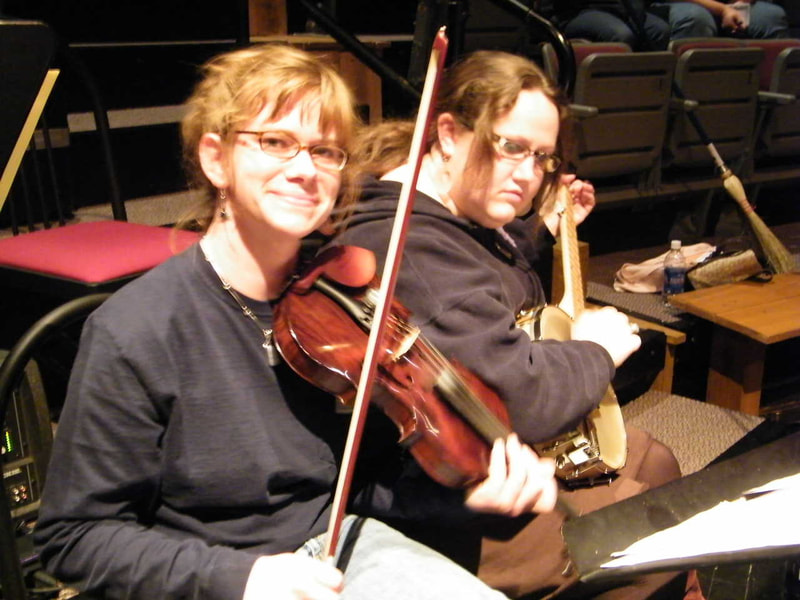

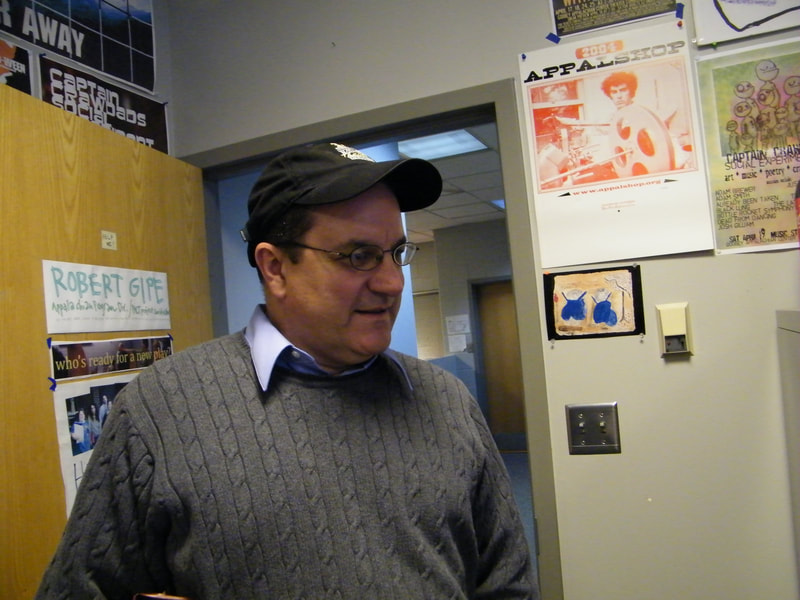
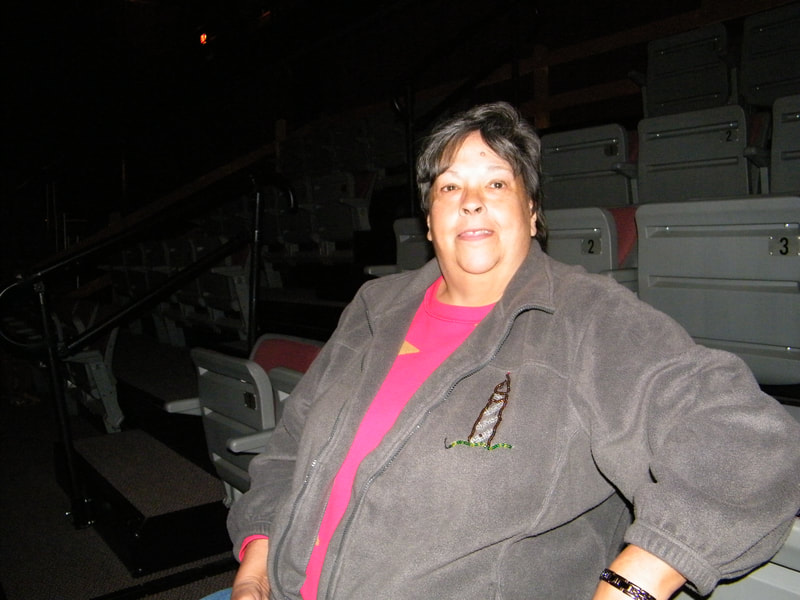






















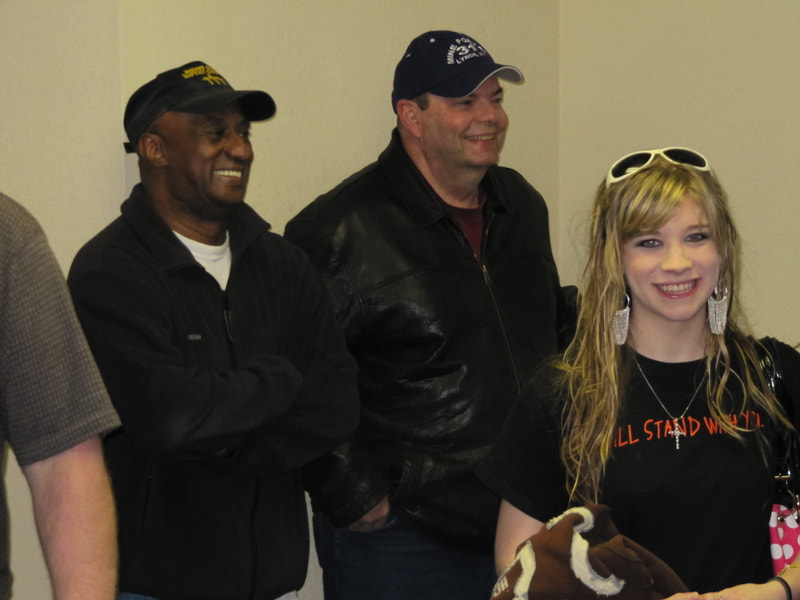




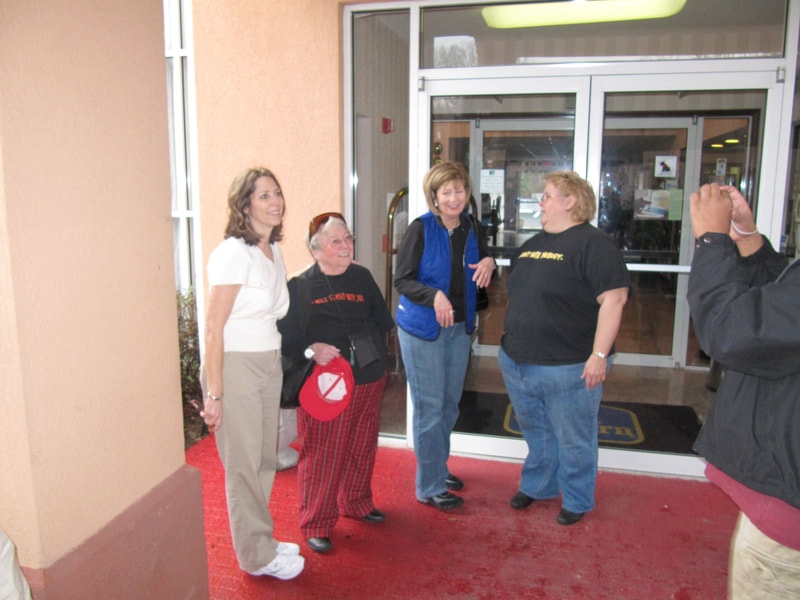

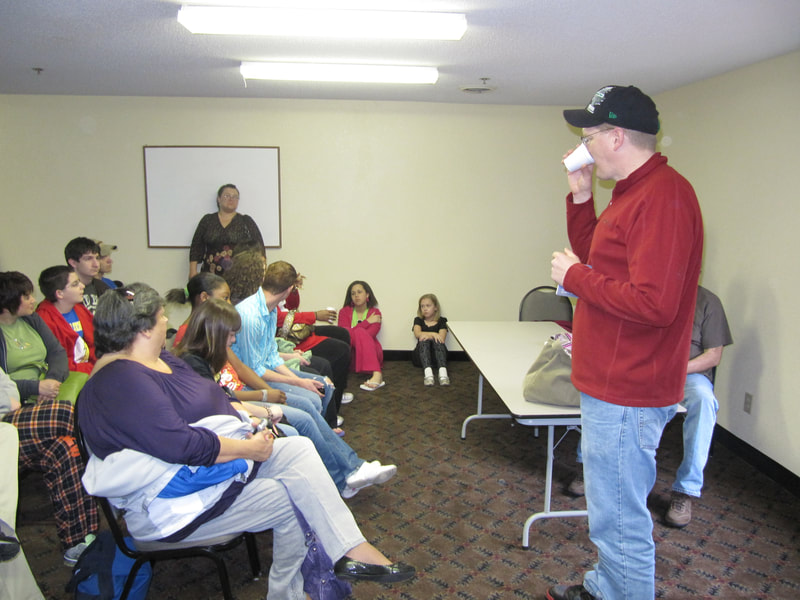









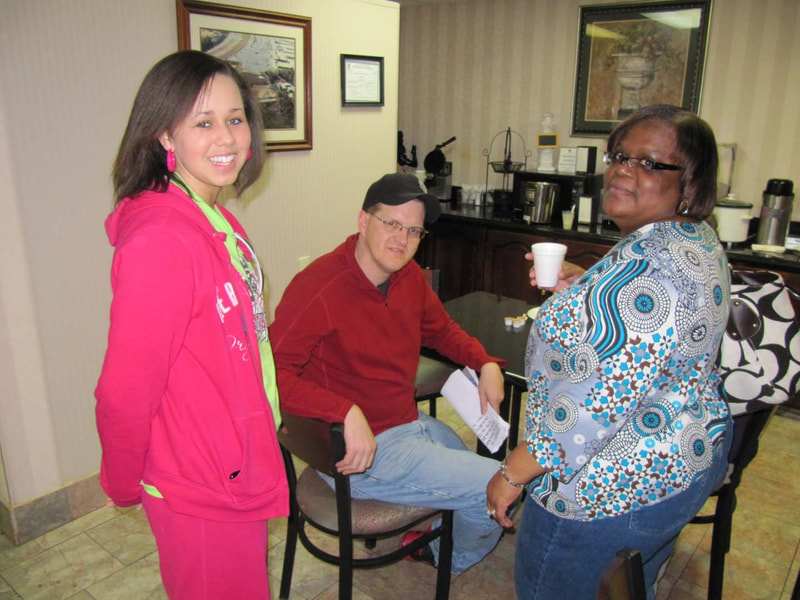


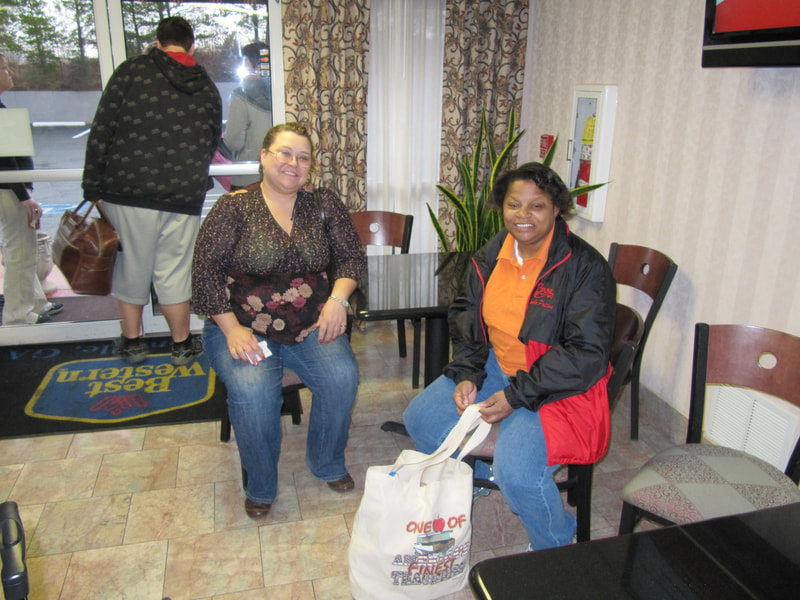


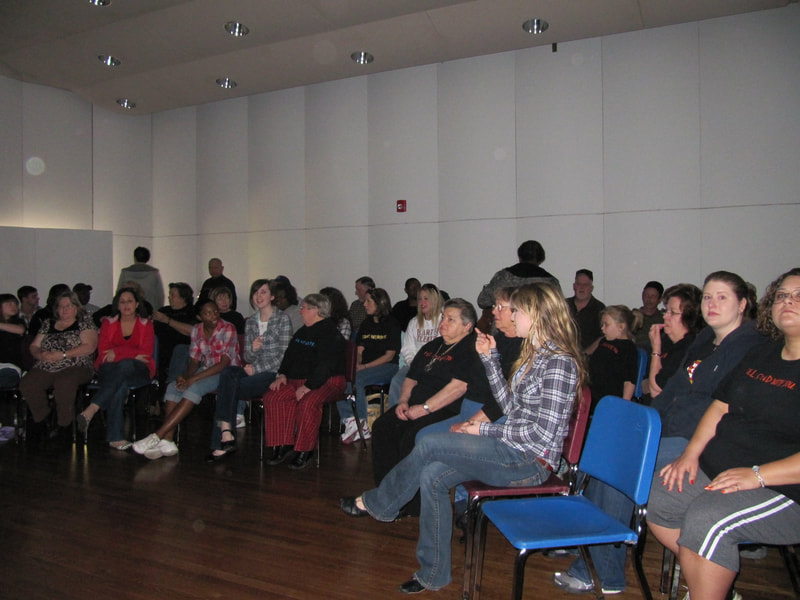

 RSS Feed
RSS Feed